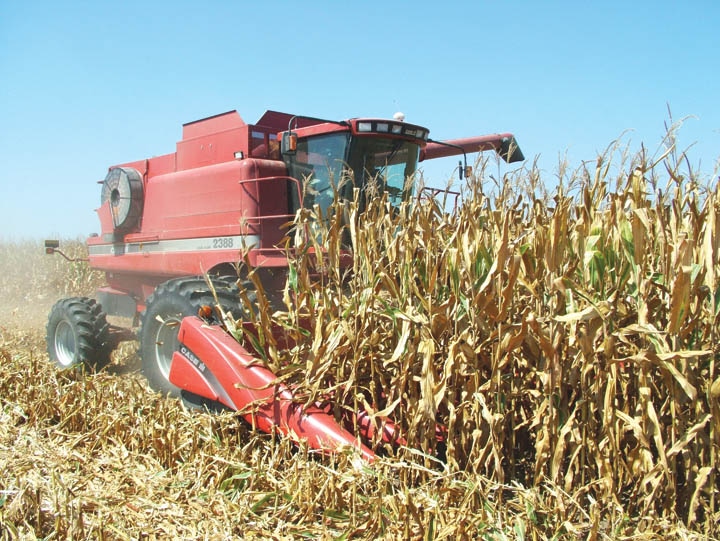
Corn stalks are the main winter feed resource for many cattle producers, but increasingly, their value is being questioned. Some growers say corn stalks aren't taking care of their cows like they did 20 years ago, and they very well may be right. Both stalks and cattle have changed a lot in the last couple decades.
December 29, 2010

Corn stalks are the main winter feed resource for many cattle producers, but increasingly, their value is being questioned. Some growers say corn stalks aren't taking care of their cows like they did 20 years ago, and they very well may be right. Both stalks and cattle have changed a lot in the last couple decades.
Stalk changes start with modern combines that collect grain much more effectively than they did 20 years ago. Growers used to estimate that 4 percent of the grain would be left in the field after combining. Today the amount is probably half that - at 2 percent. Less grain means cows need to be supplemented earlier so they don't go out of condition. This also may lower eventual production capacity of the calves.
Today's stalks also may be less nutritious. Modern hybrids draw more nutrients out of the stalk and into the kernel. Genetic modifications for insect resistance and reduced lodging have produced stalks that may be less palatable and provide fewer digestible nutrients.
On the other side, today's cows are larger and need more forage and often more supplementation than yesterday's smaller cows. A quarter section of stalks won't carry as many cows as it once did. Even when stocking adjustments are made, if supplements aren't also adjusted accordingly, cow performance may suffer.
You May Also Like



